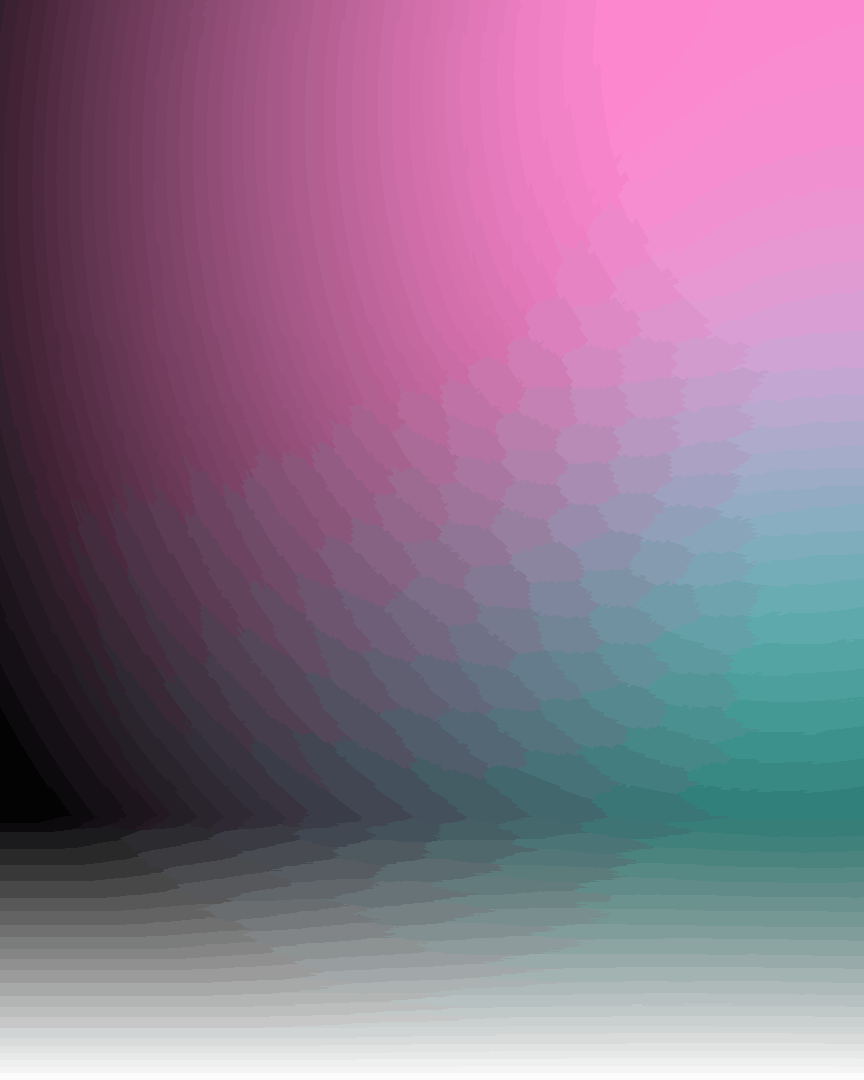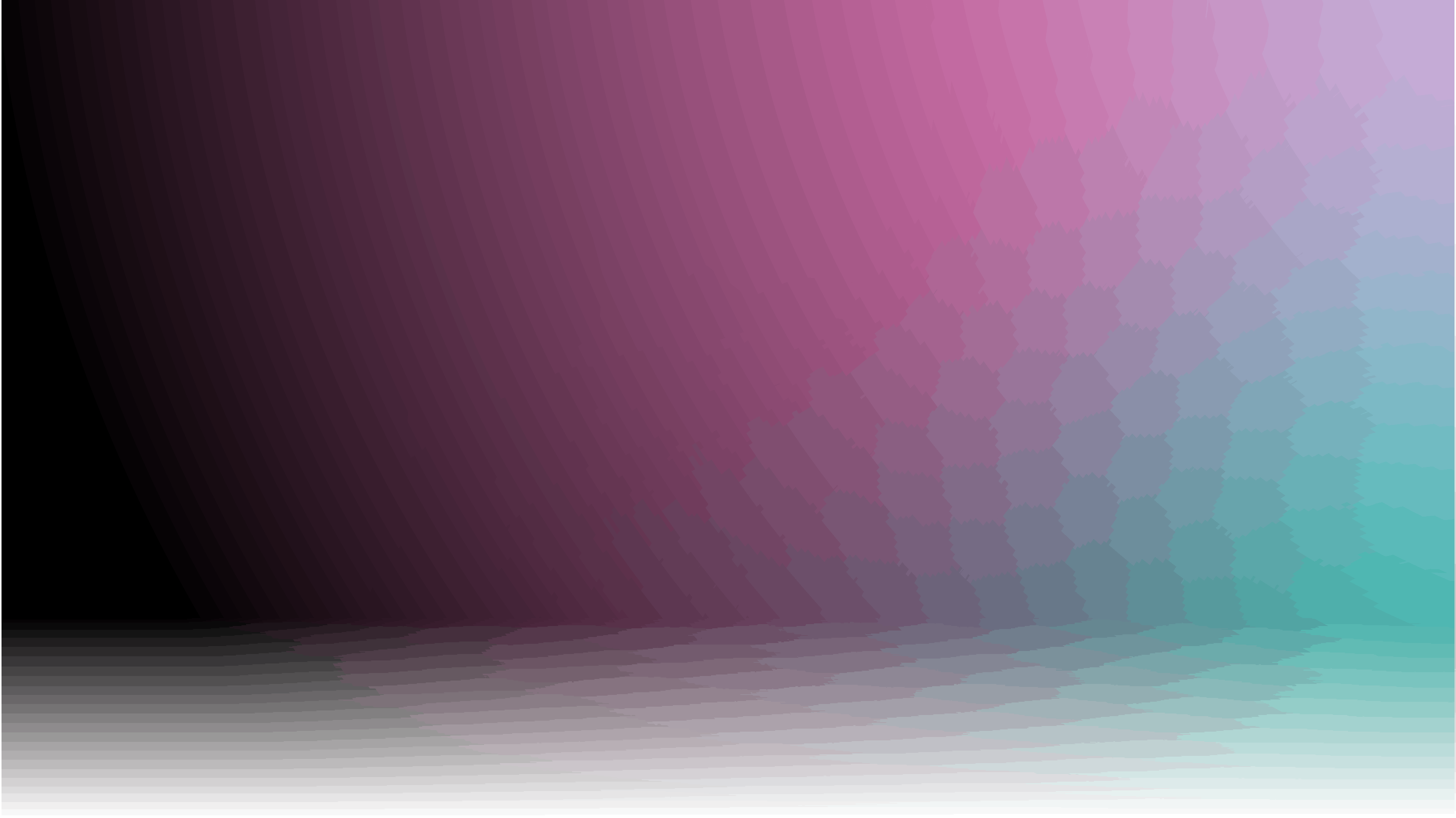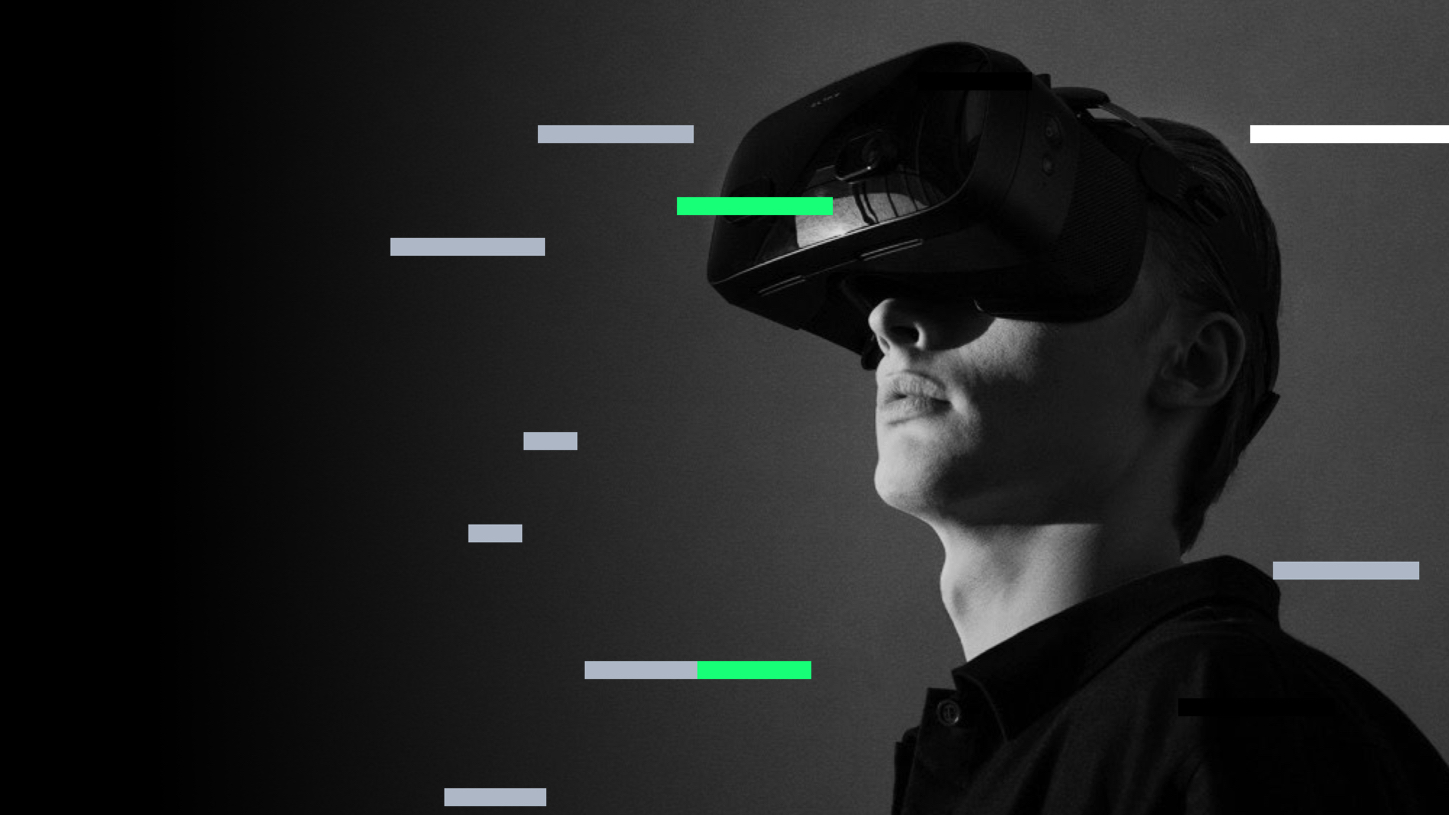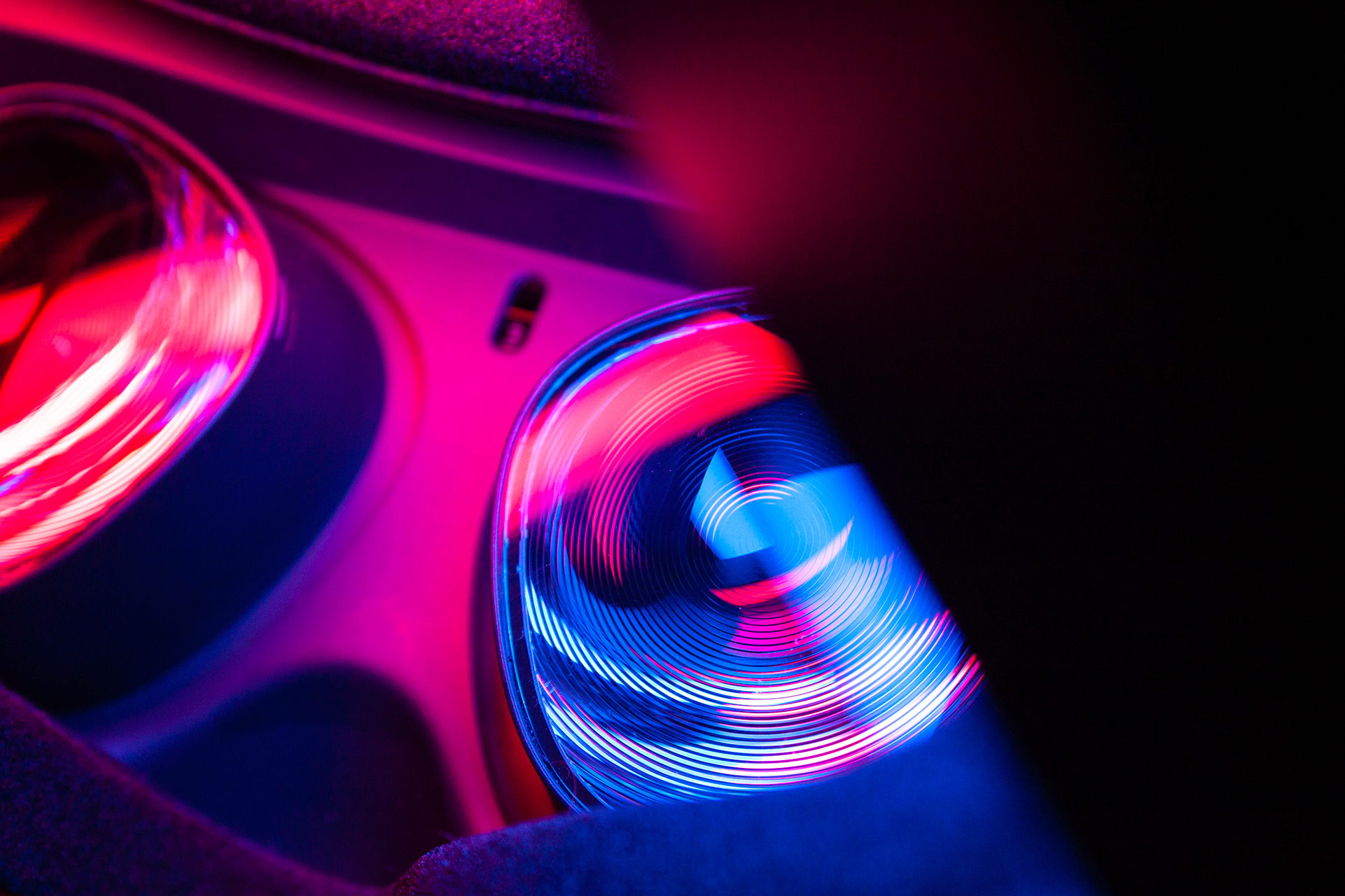How to better prepare for what’s coming
When working on clients’ projects, there are concerns about the originality and uniqueness of AI-generated outputs. If they are too similar to existing work, it could lead to poor creative output or, worse yet, plagiarism. Our responsibility is to ensure that human-AI collaboration does not damage clients’ assets and reputations.
To better understand and prepare for AI’s impact on our professional and personal lives, we must strive to stay informed about its latest development and applications. We also have to make experimentation with AI tools a good habit, collaborate with AI experts to understand its scope of application further and, most importantly, never forget the ethical implications.
Faster, better and easier are relative concepts and don’t always mean good. Before taking advantage of the opportunities coming with using AI, we should always ask ourselves if we need it and at whose expense.
The AI-assisted design possibilities are well beyond our current understanding. With careful experimentation and responsible practice, we can harness its potential for society’s benefit, as we like to think we have - at times - done in the past.












